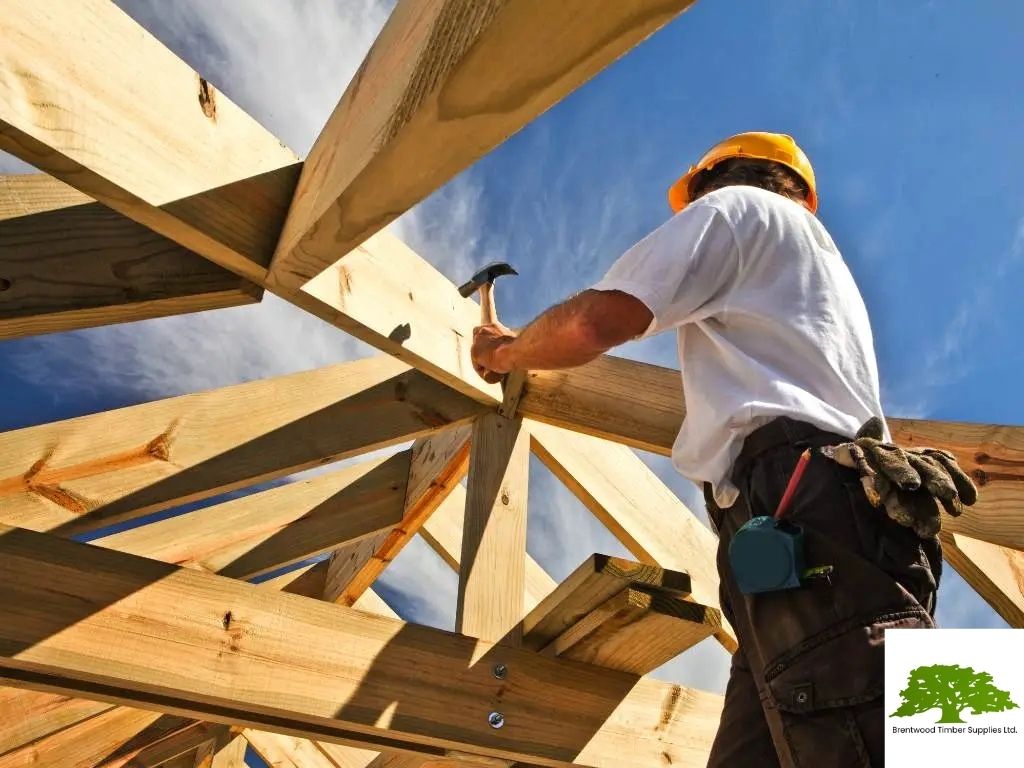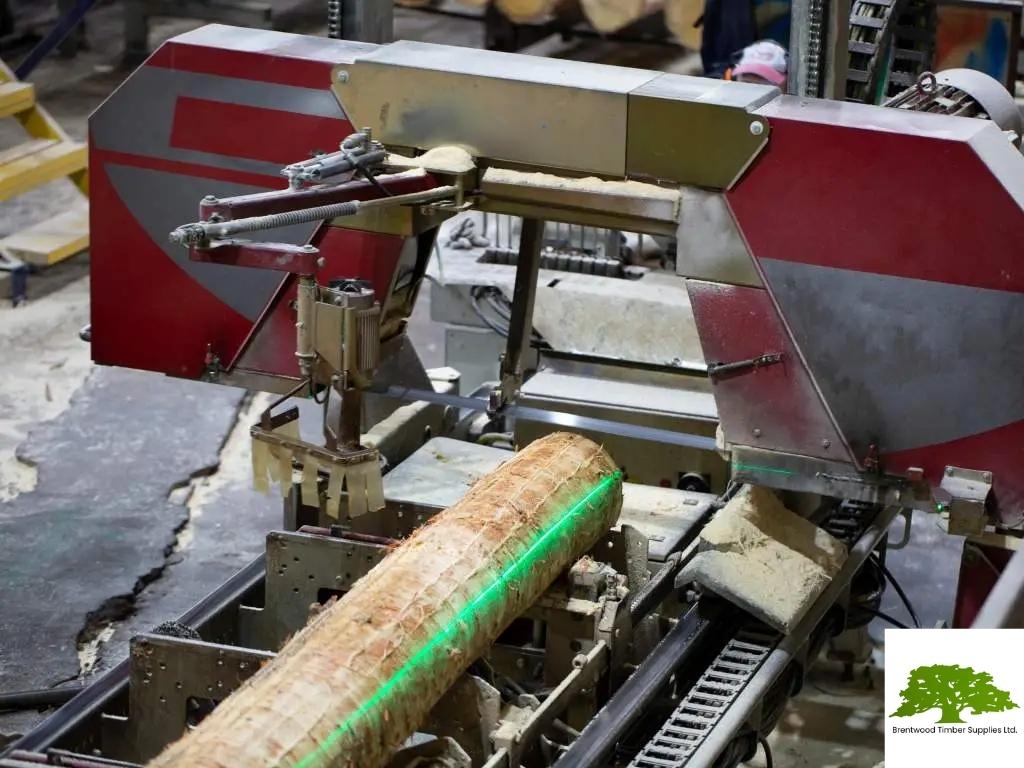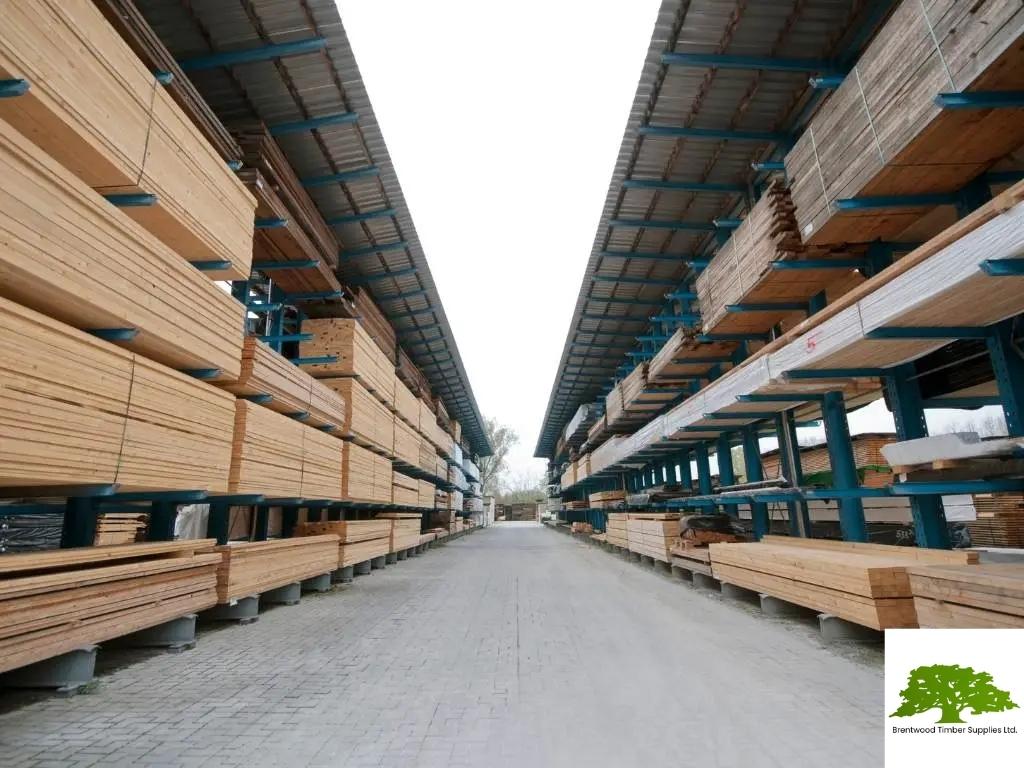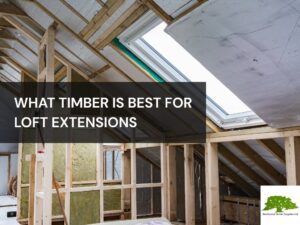From Forest to Fabrication:
The Intricate Process of Timber Manufacturing

The exploration of timber from the heart of the forest to our doorstep is a fascinating tale of human ingenuity, technological progress, and an enduring relationship with nature. This journey, from tree to finished product, is a complex process that seamlessly blends tradition, innovation and sustainability. In this blog post, we’ll delve into how timber is manufactured, illuminating a world hidden behind the wooden objects we use daily.
Where Does Timber Come From
Timber originates from forests worldwide, with a significant portion coming from countries like Finland, Sweden, and the Baltic nations. The types of trees that are harvested for timber vary depending on the region and the desired properties of the final product. Commonly used species include pine, spruce, and fir, which are known for their strength and durability.
Trees suitable for timber harvesting require specific growth conditions. These include sufficient sunlight, rainfall, and nutrient-rich soil. Moreover, they need time to grow to the appropriate size—a process that can take several decades. This long growth period is part of what makes timber a valuable and sought-after commodity.
What Timber Is Made Of
Timber is categorised into two main types, hardwood and softwood. Hardwoods come from deciduous trees, which lose their leaves annually. These include species like oak, maple, walnut, and teak. Hardwoods are typically used for high-quality furniture, flooring, and construction where strength is a requirement due to its durability.
On the other hand, softwoods come from coniferous trees, which retain their needles year-round. These include pine, fir, spruce, and cedar. Despite the name, not all softwoods are softer than hardwoods. Softwoods are widely used in construction, paper production, and medium-density fibreboard (MDF) manufacturing.
Among these, the most commonly used species, such as pine, grow relatively quickly, offer good strength and versatility and are abundant in many parts of the world, making them a popular choice for timber production.
Timber In Construction
Timber, a renewable and versatile material, has been a crucial construction component for centuries. Timber can be used for a variety of purposes in construction, such as framing, flooring, roofing, siding, and cabinetry. Its uses extend beyond buildings and can be found in furniture, boats, and even bridges.
Not only does timber provide aesthetic appeal and structural support, but it also can withstand harsh weather conditions and has a low carbon footprint. With sustainable forestry practices, the use of timber in construction can continue for generations to come.

Timber Manufacturing Process
The journey of timber is remarkable, starting from a tiny seed and ending up as a versatile building material in the hands of craftsmen and builders. Here’s an in-depth look at the process of how timber is manufactured, from seed to delivery at a timber merchant.
Stage 1: Plantation
The journey begins in a forest plantation, where seeds of suitable tree species are sown. The trees require several years to decades of growth before they reach a size ideal for harvesting. The trees are regularly monitored and maintained during this time to ensure optimal growth.
Stage 2: Harvesting (Felling)
Selecting the Right Trees: The first step in the harvesting process is choosing the right trees. Foresters assess the health, size, and quality of trees to determine their suitability for felling. Factors such as tree species, age, diameter, and the presence of any diseases or defects are considered.
Ideally, foresters aim to select mature and healthy trees with straight trunks and few branches or defects. This ensures the harvested timber will be of good quality. At the same time, sustainable forestry practices require careful selection to maintain the health and diversity of the forest.
The Felling Process: Once a tree is selected, it will be felled. The process starts with creating a notch on the side of the tree facing the direction it should fall. This notch, known as the ‘directional cut’ or ‘face cut’, guides the tree’s fall and helps prevent damage to the surrounding vegetation.
Next, a backcut is made on the opposite side of the tree, slightly above the bottom of the notch. This cut should stop short of the notch, leaving a small amount of wood called the ‘hinge’. The hinge helps control the tree’s fall.
After the back cut is complete, the tree begins to lean and should fall toward the notch.
The branches are removed, in a process called limbing, once the tree is on the ground. Following this, the trunk is cut into sections, typically 8 to 20 feet long, in a process known as bucking. These log sections are then ready to be transported to the sawmill for further processing.
Stage 3: Sawmilling
Once the logs arrive at the sawmill, they are sorted based on species, size, and quality. This step ensures that similar logs are processed together, optimising the efficiency of the mill and the quality of the finished product.
The first processing step in the sawmill is debarking. The log’s bark isn’t useful in timber production and can even damage the saw blades. The bark is stripped off the logs using either a mechanical debarker or high-pressure water jets.
The debarked logs are then sawn into rough planks or boards. There are various methods for this, such as live sawing (also known as through and through), where the log is cut straight through, and grade sawing, where the log is rotated to get the highest quality cuts. The method chosen depends on the log’s size, quality, and intended use of the timber.
After sawing, the rough boards have uneven edges that need removal. This process, known as edging, trims the sides of the boards to make them uniform. After edging, the boards are cut to their final length.
Each board is then inspected for defects and graded according to its quality. Grading can be done manually by trained graders or by using automated systems that use lasers and cameras to detect defects. The grading process helps determine the best use for each board.

Stage 4: Seasoning
Seasoning, also known as drying, is a crucial stage in timber production. Depending on the species, freshly cut timber has a high moisture content, typically between 30% to over 200%. If this moisture isn’t appropriately reduced, it can lead to problems like warping, splitting, or fungal growth, which affect the timber’s strength, durability, and usability.
Seasoning primarily aims to lower this moisture content to a level more in line with the environment where the wood will be used, usually around 8% to 15%. This makes the timber lighter, stronger, and less prone to shrinkage or swelling due to changes in humidity. It also makes it easier to work with and enhances its ability to hold glue and finish.
Seasoning can be done through natural air drying or kiln drying. Air drying is a slow process that can take several months or even years, but it’s cost-effective and can result in high-quality timber. The timber is stacked to allow air to circulate freely around each piece, and it’s usually covered to protect it from rain.
On the other hand, kiln drying is a faster, more controlled process that uses heat and humidity control in a special chamber to accelerate drying. While it’s more expensive and energy-intensive, it can reduce the drying time to a matter of days or weeks and allow for closer control of the final moisture content.
Stage 5: Planing and Finishing
Once seasoned, the timber is planed to smooth its surface and cut to its final dimensions. It may also undergo various treatments to enhance its properties, such as pressure treatment to increase its resistance to pests and decay. Depending on its intended use, the timber may also be stained, painted, or coated with protective finishes.
Stage 6: Grading and Quality Control
Before leaving the mill, the timber is graded based on its quality. This involves inspecting the timber for defects and classifying it according to strength and appearance grades. Quality control ensures that only timber meeting specific standards reaches the market.
Stage 7: Packaging and Distribution
Finally, the finished timber is packaged and sent to timber merchants and retailers. The packaging often includes protective wrapping to keep the timber safe during transport. The timber is stored in suitable conditions at the merchant until it’s purchased for use in construction, furniture making, or other projects.

The Role Of Technology In Timber Manufacturing
Advancements in technology play a crucial role in how timber is manufactured, enhancing efficiency, accuracy, and sustainability. From using GPS for precise tree selection in the forest to automated systems for grading timber quality, technology reduces manual effort, increases throughput, and minimises error. Moreover, it supports sustainable practices, with tools for better inventory management, ensuring that forests are not over-harvested.
In sawmilling, technology helps optimise cuts for maximum yield and minimal waste. Kiln technology allows for accurate temperature and humidity control, resulting in optimal seasoning conditions and superior timber quality. For these reasons, technology is a key driver of innovation and progress in the timber production process.
The Future Of Timber Manufacturing
The future of timber manufacturing lies in the continued integration of advanced technologies and sustainable practices. As we move towards a more eco-conscious future, the industry will likely see a rise in non-destructive testing methods, efficient kilns for improved drying processes, and intelligent systems for optimal resource utilisation.
Adopting digital tools for precision forestry and data analytics in timber grading, processing, and distribution are expected to transform the landscape. The future may also see increased use of engineered wood products that maximise the use of each log and reduce waste.
While rooted in ancient practices, the timber industry is evolving rapidly, facilitated by technological advancements and guided by sustainability principles.
Share Article
Recent Posts
Need a quote for your next project?
Get in touch with Brentwood Timber Supplies today! We’re ready to provide you with a personalised quote tailored to your specific project needs, ensuring you get the best value and quality.



